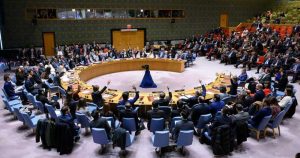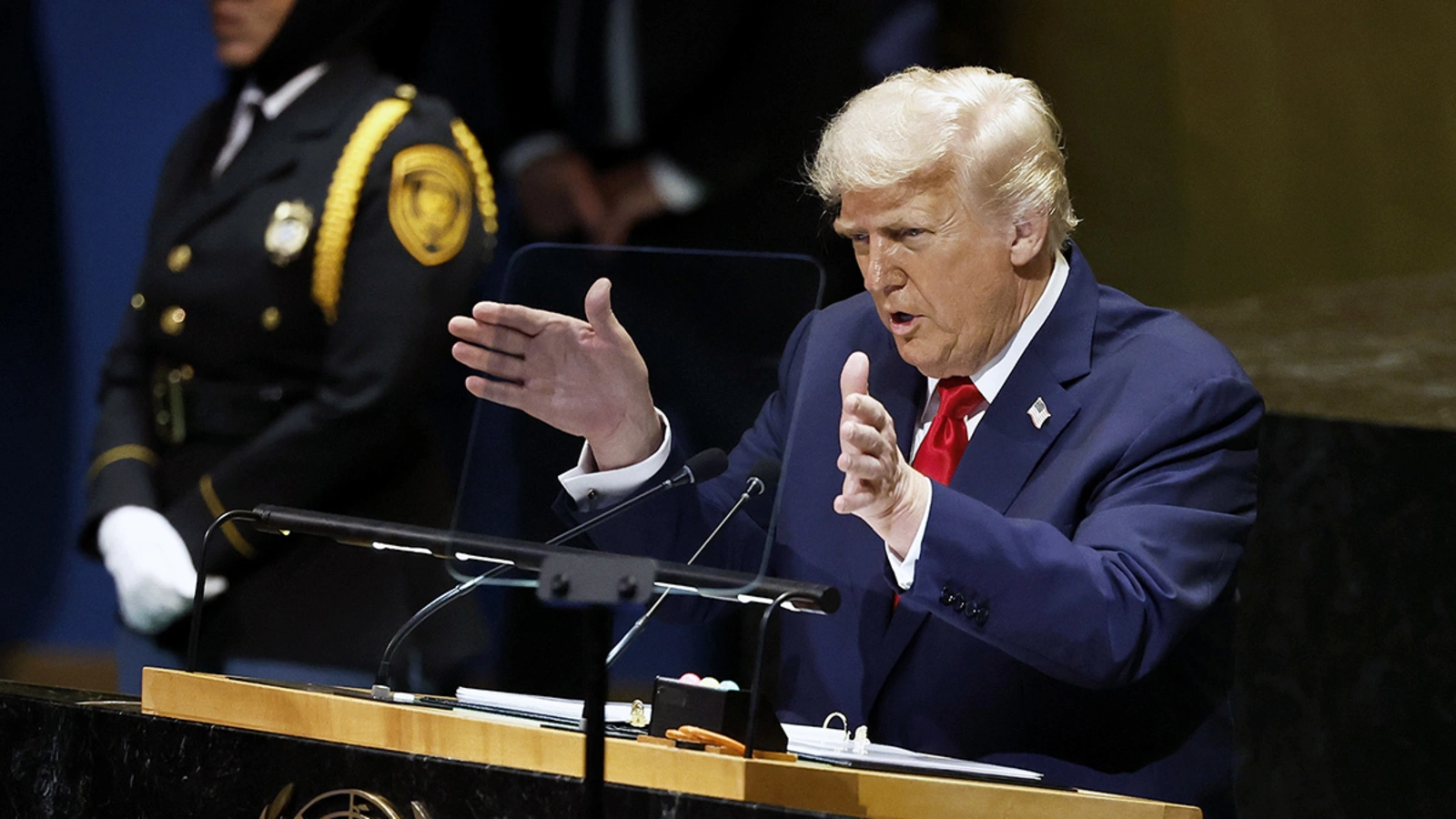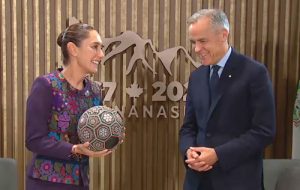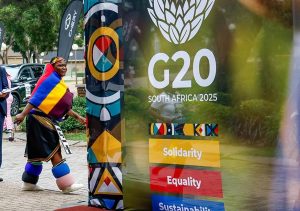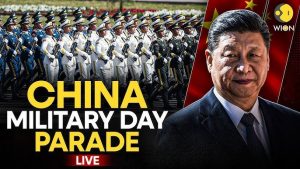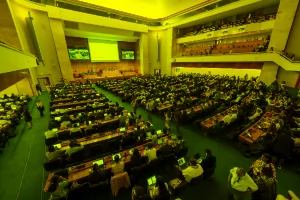
Back in August I penned a Substack Post in Alan’s Newsletter titled,
Turning Back to Middle Powers – The Contrasting Character of Middle Powers?. It is probably worthwhile to highlight some of those August reflections, and then bring it up to date as we prepare for another CWD season. Originally called the ‘China-West Dialogue’, now called the ‘Changing World Dialogue’, thanks in part to our colleague from CCG, the Center for China and Globalization, founder Henry Huiyou Wang. Our first CWD session is now scheduled for October 23rd and its focus – ‘A CWD Session on the Role of Middle Powers and Middle Power Diplomacy’.
So what have I been examining on Middle Powers (MPs) and Middle Power Diplomacy (MPD). One of our colleagues on these subjects is Dr. Djalal who is the founder and chairman of the Foreign Policy Community of Indonesia (FPCI) and chair of Middle Power Studies Network (MPSN). In government Djalal served as Indonesia’s ambassador to the United States and Vice Foreign Minister of Indonesia. Recently he produced the first edition of “Middle Power Insights.
As I wrote back in August:
“Dr. Djalal has offered an extensive definition built on objective features as the foundation for understanding MPs:
“In this article, I refer to middle powers as countries that, by virtue of their considerable size (population and geography), weight (economic, diplomatic, and military strength), and ambition, are placed between the small power and great power categories. (Think of the middleweight division in boxing.) The combination of these three “SWA” metrics – size, weight, ambition – narrows down to a handful of middle powers, and covers those in the North and the Global South.”
“Based on the extended definition above, the following list appears to be the MPs identified and mentioned by Dr. Djalal:
- Mexico
- Canada
- Australia
- Indonesia
- Saudi Arabia
- UAE (possibly)
- South Korea
former ‘major powers’ of the 20th century now ‘pivotal middle powers’ including: possibly Germany,France, UK and Russia
- Iran
- Egypt
- Turkiye
- Brazil
- India
- South Africa
- Vietnam
We probably should likely add at least some of the Scandinavian countries – traditional MPs, along with Canada and Australia, including:
- Norway
- Sweden
- The Netherlands
And, I would suspect that these additional states would also likely be recognized as MPs by most:
- Singapore
- New Zealand”
“Of the 193 countries in the world today”, according to Djalal, “around two dozen qualify as middle powers – some are in the Global North but the majority”, as the list above shows, “are in the Global South.”
While Amb. Djalal does not provide a definitive list, the above constructed one identifies those MP countries at least mentioned by Djalal in his Report. As you see there are about two dozen as suggested by Dr. Djalal.
Now, I also reflected on the remarks over MPs and MPD expressed by Gareth Evans the former foreign minister of Australia [from 1988-96] and long an advocate of MPs, especially Australia, but certainly not only Australia. It is also worth noting that he was also President and CEO of the Brussels-based International Crisis Group (ICG) from 2000 to 2009.
Gareth, as I discovered, has for some time written on, and spoken about MPs. In particular I want to reference remarks he gave in 2011 on MPs and MPD in a speech titled, “Middle Power Diplomacy Inaugural Edgardo Boeninger Memorial Lecture” [Edgardo Boeninger, as described by Gareth was “… a key player in Chile’s transition back to democracy after the harrowing years of military dictatorship, not only playing a central internal political role in the first post-Pinochet administration, of Patricio Aylwin, and in the Concertacion negotiations leading up to it, but also, during the transition period and subsequently, being a lucid voice in Foreign Affairs and other major international publications explaining Chile to the world.]
It is evident from even a cursory reading of the literature that MPs and MP analysis is entwined with the politics of World War II, and post World War II behavior and particularly the policy actions of what are seen as traditional MPs, Canada and Australia. In a piece by Adam Chapnick in the late 1990s, (Canadian Foreign Policy, ISSN 1192-6422, Vol. 7, No. 2 (Winter 1999), 73-82) Chaptnick wrote:
“In 1942, Canadian diplomat Hume Wrong articulated what became the first philosophy of Canadian engagement in international affairs, calling his idea the functional principle. In discussing Canada’s right to a voice in Allied war deliberations, he argued that Canada’s influence should be based on three functional criteria: the extent of its involvement, its interests, and its ability to contribute to the situation in question. J.L. Granatstein (1970:2) has argued that the functional principle “was really the first enunciation of the ‘middle power’ concept”.
Now returning to Gareth he seems to concur with this Chapnick view of Canadian actions as the analytic origin of MPs. As he says:
“The idea of “middle powers” – as distinct from great or major powers on the one hand, and small powers on the other – being potentially significant actors in international affairs, has been traced back to Jan Smuts writing about the League of Nations in 1918 (and more adventurously to the Archbishop of Milan in the 16th century, or even Thomas Aquinas in the 13th) but it really only came into its own with Canada’s firm embrace of the concept after1945. Since then it has waxed and waned in political useage, and in the academic literature.””
“The high point for academic attention was a flurry of books and journal articles in the 1980s and 1990s – largely stimulated, it seems, by the very visible activism of Australia, Canada and Norway in those decades – but not much has been written in more recent years about either middle powers, or the accompanying concept of “middle power diplomacy”.”
So it would seem that there have been ebbs and flows in the examination of MPs attendant in part by the purposeful actions of these states. What makes examination rather tricky, however, is that it seems that MP attention and more significantly MPD is determined in part by the changing structural dynamics of the global order – the demise of the Cold War, the emergence of US hegemony and now its decline along with the rise of geopolitical tensions – US and China especially but also the impact of serious regional conflicts – the war in Ukraine and the war in Gaza. All seem to condition MPD though I’m not sure it is clearly enough described. It remains difficult in the end to determine who are the MPs and beyond that what impact and influence they maintain in today’s global order.
Let me end this piece by underlining what Gareth Evans sees as MPs and what impact these MPs have on today’s global relations.
Not surprisingly Gareth believes that MP characterization and action is relevant to contemporary international politics and to understanding the global order. But interestingly he makes clear that he is rather skeptical of the efforts to try and use objective criteria to describe MPs. As he says in his 2011 remarks:
“Objective criteria like GDP, population size, physical size and military capability can be no more than starting points. … Given the problems of balancing out these competing wholly objective criteria, one approach (as adopted for example by the Middle Powers Initiative) is to supplement these metrics with more subjective criteria, such as perceived economic and political significance, or perhaps – much more normatively – the degree of general respect such countries command. But such criteria, particularly any normative ones, by their very nature, are wholly unlikely to command general consensus.”
“As I for one argued at the time, a more intuitively acceptable approach would be to distinguish middle powers not just from “great” powers but from “major” powers, which list would include China, France and the UK at least because of their permanent membership of the Security Council, and Japan, India and Germany as well. If I were writing that now I would have to add at least Brazil to the “major powers” category, and perhaps – although rather more arguably – South Africa and Nigeria as well. But again there is never likely to be ready consensus achievable about any such judgement.”
So he acknowledges, it seems to me, Ambassador Djalal’s turn to Global South Middle Powers when it comes to contemporary analysis of MPs though it is just not clear who the Global South MPs are according to various analysts and experts. I anticipate there would be rather interesting debate over whether Brazil, India, South Africa are, or are not today’s Global South Middle Powers.
As to MPD he sees a rather complex picture. But as he suggests:
“But difficulty in defining middle powers does not, and should not, stop us talking about “middle power diplomacy”.There is real utility in doing so, both descriptively and prescriptively: this language accurately describes the way in which a number of states have in fact conducted themselves, and I believe it is a useful way of encouraging some states who don’t normally think of themselves as international movers and shakers to do more.”
“Middle power diplomacy, is, in short, the kind of diplomacy which can, and should, be practised by states which are not big or strong enough, either in their own region or the wider world, to impose their policy preferences on anyone else; but who do recognize that that there are international policy tasks which need to be accomplished if the world around them is to be safer, saner, more just and more prosperous (with all the potential this has, in turn, to affect their own interests); and who have sufficient capacity and credibility to be able to advance those tasks.”
“The characteristic method of middle power diplomacy is coalition building with “like-minded” countries. It usually also involves “niche diplomacy”, which means concentrating resources in specific areas best able to generate returns worth having, rather than trying to cover the field. Countries which are not powerful enough in most circumstances to impose their will may be persuasive enough to have like-minded others see their point of view, and to act accordingly.”
“The characteristic motivation for middle power diplomacy is what I have long described as “good international citizenship”, a belief in the utility, and necessity, of acting cooperatively with others in solving international problems, particularly those problems which by their nature cannot be solved by any country acting alone, however big and powerful. The crucial point to appreciate about good international citizenship is that this is not something separate and distinct from the pursuit of national interests; it is not some kind of foreign policy equivalent of boyscout good deeds. On the contrary “being, and being seen to be, a good international citizen” should itself be seen asa third category of national interest, right up there alongside the traditional duo of security and economic interests.”
Now this MPD characterization, it seems to me, is derived principally from what I think is the traditional MPD action of the Australias and the Canadas. I am not sure that it too necessarily fits the emerging world of today’s MPs including those from the Global South.
We will need to dive further into that inquiry in the near future.
Image Credit: YouTube

